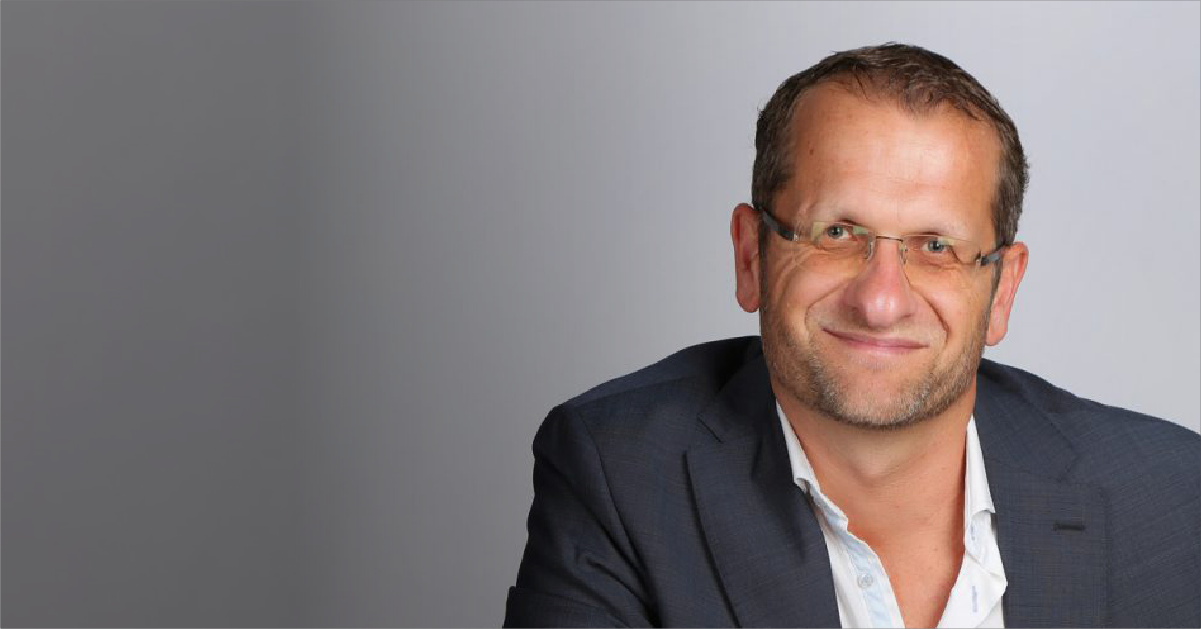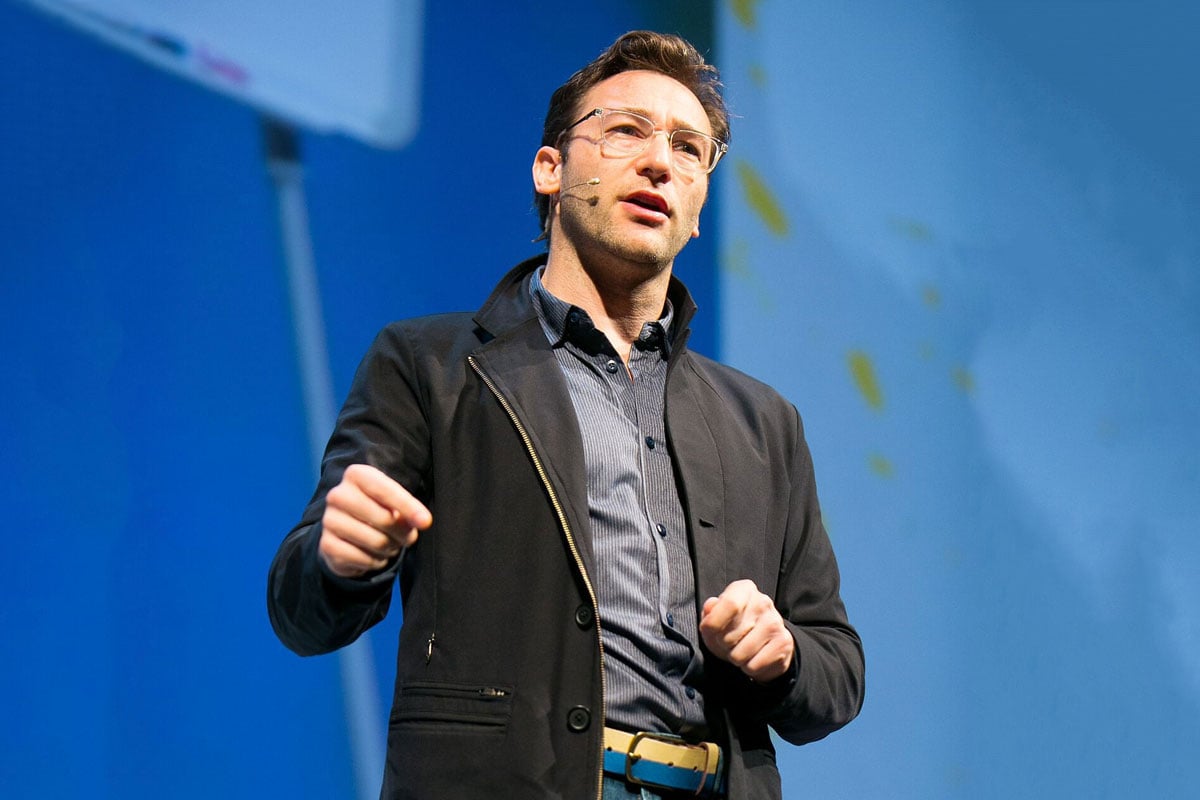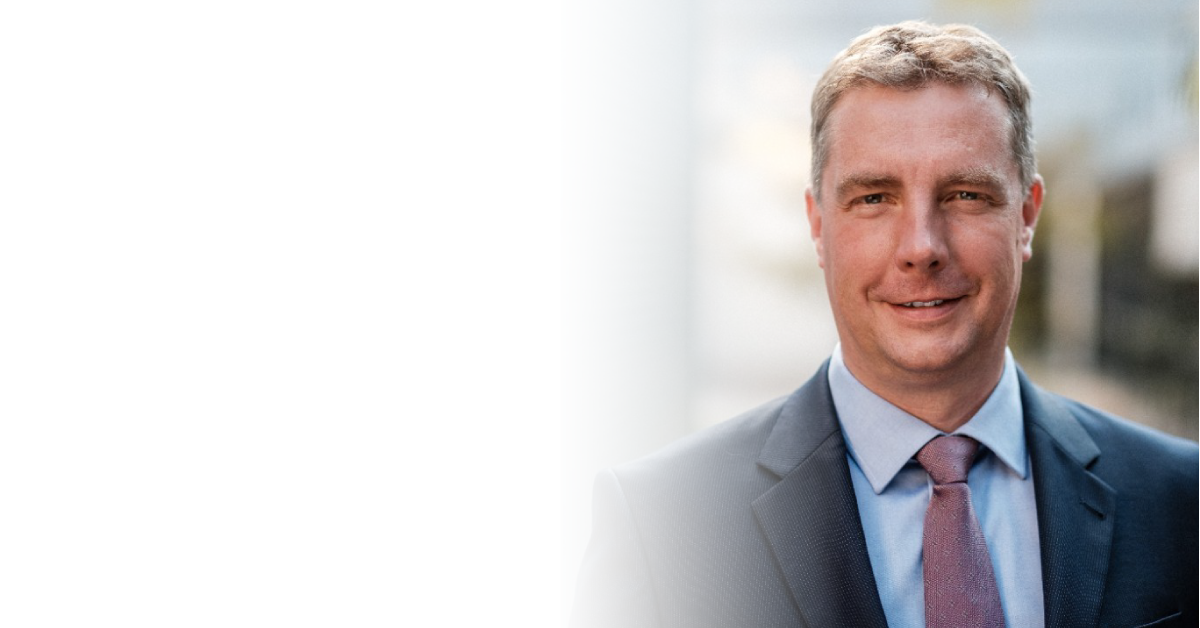We speak with Olivier van Duüren, transformer, executive whisperer, trend Sensemaker and former Microsoft executive, about his first book, The Dualarity, and his second book, Transforming While Performing, co-authored with Kristof Braekeleire to be released in May 2023.
What was the inspiration behind your first book and business, The Dualarity?
My business adventure started on 14 August 1994 when I joined Microsoft. I had no idea how powerful that decision would be or how it would flavor my future life. So many experiences, so much personal growth.
In July 2016, after 22 years, I was ready to cut the umbilical cord with Microsoft. I followed my passion, made room for something to grow while ending an era, and gave birth to The Dualarity, a book and a business. As an independent entrepreneur, I also wrote this first book, about personal and business transformation, which probably has been in the making for 22 years. It provides a comprehensive overview of what is happening in the world, with a big focus on digital transformation, and I thought deeply about how you can respond as an individual and as a business in your transformation.
I put my heart, body, and soul into this book. It became an imprint of my observations of the world, people, and how I see it shaping. It’s fed with facts, research, and personal learnings of my personal transformation as a person and in business. Writing it helped me to structure my thoughts and experiences, and almost felt like therapy leaving the Microsoft ship.
Your second book, Transforming While Performing, will be released in May 2023. Is it a continuation of The Dualarity or does it cover something new?
The premise of the book is how to Transform while performing by finding your North Star and getting everyone to act faster. This book will help organizations find their North Star, develop a strategic plan, and get everyone aligned in days, not months. We’ll also talk about how you can see the world and how to transform as an individual and as a business.
Now more than ever there is pressure on any organization to transform while performing. It is extremely challenging to keep an open mind to refresh your future vision and define a direction of travel. How can you harvest the collective human intelligence to build your strategy and align all stakeholders in a co-creative and inspiring way, so they feel it is their plan, not someone else’s? How do you get everyone to act in days not months? How do you turn transformation into a strategic capability? That’s what this book is about.
What is special about this book is the strong combination of writing and visualization: half of the book will be visuals.
I’m co-authoring this book with Kristof Braekeleire, who is a visual facilitator and visual strategist. We believe in the power of visualization. Over the last six years, we’ve had many meetings using large murals and saw how graphic facilitation enhanced group learning and increased participation. Visuals also create a collective memory of an event. So, we’ve used lots of visualization in this book to explain things and give practical tips that keep the readers engaged. It’s a book about transforming while performing that is powered by inspiration, visualization, and co-creation.
What is the difference between performing and transforming?
It’s a real balancing act for individuals, teams, and businesses to make a distinction between the two.
- Performing is delivering on your commitments. It’s the performance of today, what you produce, sell and deliver in a given period, like the fiscal year. It’s where you are trying to optimize productivity, efficiency, and effectiveness. We call this operational excellence.
- Transforming, on the other hand, is where you build your future in the long run. It is the true power of an organization. It’s what you do now to perform in your future. Employees, customers, partners, and investors will stay with you if they believe you can bring them into the future and deliver value that will improve their lives. That’s what we call innovation excellence.
Innovation excellence is not just digital or technology, it’s how you build your business model, how you relate to your customers, how you organize yourself, how you treat people, how you change the structure in your organization, how you build the ecosystem, and having an open mind. Technology is just one of the elements that can help you as a company.
The challenge is how to balance performing while transforming. Many companies that have been around for a while tend to spend so much time performing that they are killing creativity and innovation.
You know, start-ups probably have too much transforming and not enough performing. At some point, they will need to close deals and sell their products and services.
It’s such a challenge finding that performing-transforming capability in an organization. Having the power of operational excellence and innovation excellence drives people and businesses to become the best versions of themselves.
Having held top management roles at Microsoft for over 20 years, what are the key capabilities leaders should possess to ensure successful transformation in their organizations?
The power question here is how you can turn transformation into a strategic capability?
Leaders must be willing to challenge every aspect of their organization. This includes their North Star, business model, operating model, people, culture, and also themselves. The legacy still serves present performance, but you’ll need to sacrifice parts of it to help the transformation come to life. Leadership models and approaches of the 20th century are no longer fit for purpose in the 21st century. Today, more than ever, a leadership team must have the right mix of performing and transforming capabilities. That is a condition to succeed in any major transformation.
Leaders need to surround themselves with people who are more visionary, innovative, and able to inspire the troops and navigate them on the ship. But they also must be supported by strong performers who are the operational masters behind the buttons able to execute that vision.
Here are some important questions leaders should ask themselves:
- Do I have the right skills for transforming and performing in my leadership team?
- How can I build a capabilities-focused leadership model?
- Do I have diverse leadership talent and styles in my team?
- How do I operate day-to-day performance while transforming for the long term?
- Do I have a culture of trust powered by collective leadership and a strong CEO?
- Do I manage the tension that transforming and performing creates?
Many organizations struggle with the tension between transforming and performing. On the one hand, there is a need to value learnings from experimentation and failures while valuing outstanding performance. Meanwhile, you have to manage well-being while hardcore showing results. We are convinced great leaders can openly and transparently acknowledge that tension to people.
What are the characteristics of organizations that have successful transformation initiatives?
When you look at the top 20 business transformations of the past decade published by Harvard Business Review you can observe some clear patterns. Companies like Netflix, Development Bank of Singapore (DBS), Microsoft, and Philips made that list.
These companies had the following in common:
- Ready to reinvent themselves with a new future North Star: Not afraid to let go of the legacy and leverage the core capability to reposition its core while entering new growth areas.
- The right leadership capabilities to transform: Striking the right balance in operational and innovation excellence. Able to operate at a fast speed in reviewing strategies or relocating resources.
- Turned transformation into a strategic capability: The ability to stay young, hit refresh, future-proof or re-imagine their North Star (purpose, ambitions, value, culture), strategy, and leadership ready for the fast-paced world.
- Saw digital as the oxygen of the company: These companies seized the digital opportunity. Made data-driven decisions and leveraged digital for new platforms and superior business models.
- Put customers at the heart of the company: They always keep the customer in mind. Instead of thinking about customers, they think like customers.
- Value people as the soul of the company: They saw culture as the backbone of the organization with people being part of the transformation. If you take care of your people, they will take care of your customers. People are loyal to a culture, not a strategy.
You talk about the need to re-balance existing or add new investments in products, services, processes, markets, platforms, and business models to iterate, innovate or disrupt. What do you mean by this?
A business transformation is a strategic capability when it offers…
- the ability to stay young, hit refresh, future proof or re-imagine your North Star (purpose, ambitions, value, culture), strategy, and leadership ready for the fast-paced world,
- by re-balancing existing or adding new investments (iterate, innovate, disrupt) in products, services, processes, markets, platforms, and business models
- to drive future profitable growth and sustainable value in the customer, employee, and ecosystem, while taking care of the planet.
Depending on where you are with this, you’ll need to look at where to invest.
Let’s simplify innovation and categorize it into three types of innovation, using the machine metaphor:
- Iterative innovation: It is oiling the current machine to make it more productive, more efficient, or effective. Your focus is to make a better version of what you have today.
- Innovative innovation: It is adding a new part to the existing machine. Your focus is to create something new that wasn’t there before.
- Disruptive innovation: It is about building a new machine. Your focus is to build something radically new that changes the rules of the game, that disrupts someone else or even yourself.
How much effort — time, resources, money, people — do I currently put into each of the 3 buckets?
- Many companies will spend 90% (commercial) to 95% (public entities) in the iterative buckets and 5 to 10% in the innovative bucket.
- In contrast, if you want to be transformative you will need 70, 20, and 10% in each of the respective buckets. High Tech companies even go beyond and spend around 50, 30, and 20% in each respective bucket.
A very useful exercise is to categorize your running and planned projects and resources over those three buckets and see what consumes the most resources. You’d be surprised about the outcomes. It will mirror how well you are balancing transforming and performing.
- If you truly want to be transformative you will need 70, 20, and 10% in each of the respective buckets.
- A CEO that is not spending 30 to 40% of his time on the innovative part is not really serious about it.
- The same goes for the entire leadership team.
What are three things you hope attendees will take away from your session at MED Belgium?
I’ll speak about how to balance transforming and performing to build a soulful, highly energized, future-proof organization. I also want to help attendees see what’s happening on the outside, understand how to transform and perform as a person and as a business, and how to find the balance between innovation excellence and operational excellence. My keynote will be visually recorded on stage by Kristof, my business partner at Visual Senseformers and co-author of the new book. Looking forward to it.
*The answers have been edited for length and clarity.











